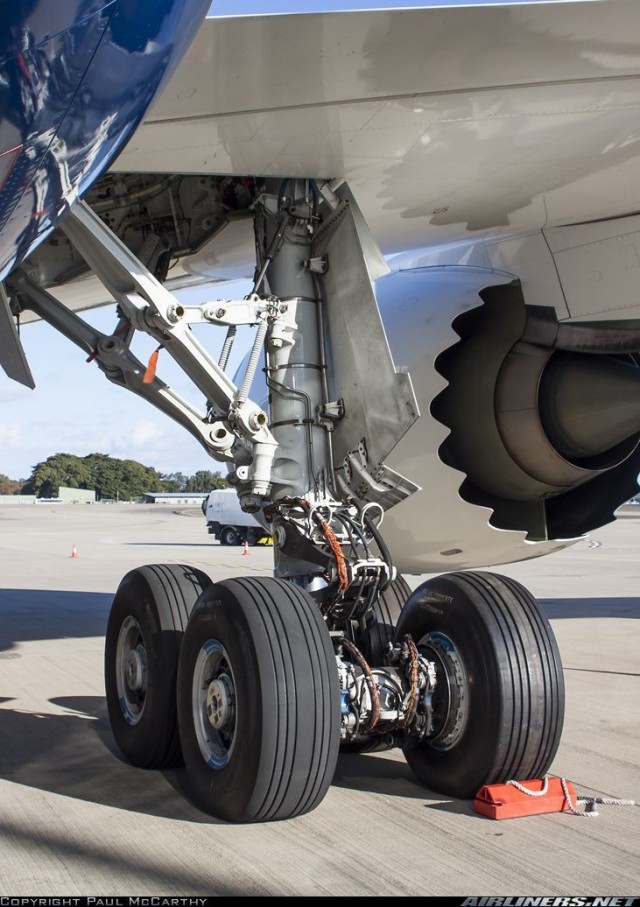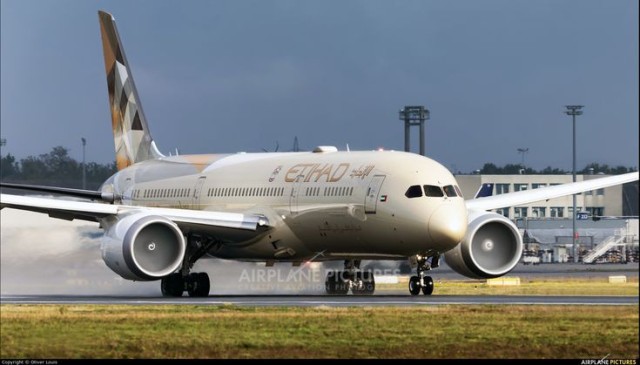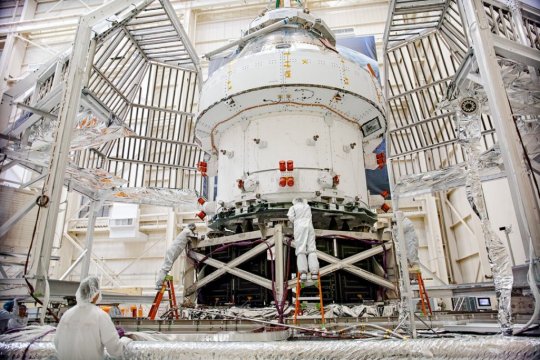#airbus

Southwest Airlines
Boeing 737 Max 800

American Airlines
Boeing 737-800

Tiger Airways
Airbus A320-200

Lufthansa
Airbus A-350

Air France
Boeing 777-300ER

Boeing Business Jet
747-8i

Emirates Sky Cargo
Boeing 777-F1H

Aviator’s Six pack

Rolls Royce Trent 900
Airbus A380 Engine

Easy jet
Airbus A319

Boeing 787-800
Landing gear

Boeing 787-800&900 Cockpit Layout

Etihad Airways
Boeing 787(Dreamliner)

Lufthansa
Boeing 737-300
Garuda Indonesia
Airbus A350
Smooth landing

Thai Airways
Airbus A340

United Airlines
Airbus A319 engine IAEv2500

Singapore Airlines
Boeing 777-200ER
Beautiful view of sun rays reflecting on fan blades.

Credit: Plum Brooke
The Orion spacecraft for NASA’s Artemis I mission has successfully completed several months of simulated space environment System level testing in the NASA-owned thermal vacuum chamber at Plum Brook Station in Ohio, USA.
The testing phase was split into two phases - a 47 day thermal vacuum test and a 14 day electromagnetic compatibility, followed by an interference test in ambient conditions which both simulate the conditions the spacecraft will encounter during its voyage to the Moon and back to Earth.
‘Today marked an important milestone for the Artemis I mission to the Moon,’ said Airbus Head of Space Exploration, Andreas Hammer.
‘We proved to our customers ESA and NASA that the European Service Module, designed and built by our engineers in Bremen – supported by companies in 10 European countries - meets the requirements to withstand the harsh conditions in space.
‘The Artemis programme will land the first woman and next man on the Moon and bring them back safely to Earth, we are proud to contribute to this endeavour with all our know-how, expertise and passion.’
Pleased with the results of this crucial test, the engineering teams from Airbus, the European Space Agency (ESA), Lockheed Martin and NASA have proved the spacecraft is suitable to navigate safely through the extreme conditions that it will experience in space.
Orion will be transported back to the Kennedy Space Center to undergo further testing and prepare the spacecraft for integration with the Space Launch System rocket, beginning the next era of exploration.
Artemis I will travel around the Moon and back to Earth. Airbus in Bremen is already building the second Orion Service Module for Artemis II, where


You will always love the 777 more than anything else in this world, even with the emergence of an A350… doesn’t mean you won’t try
